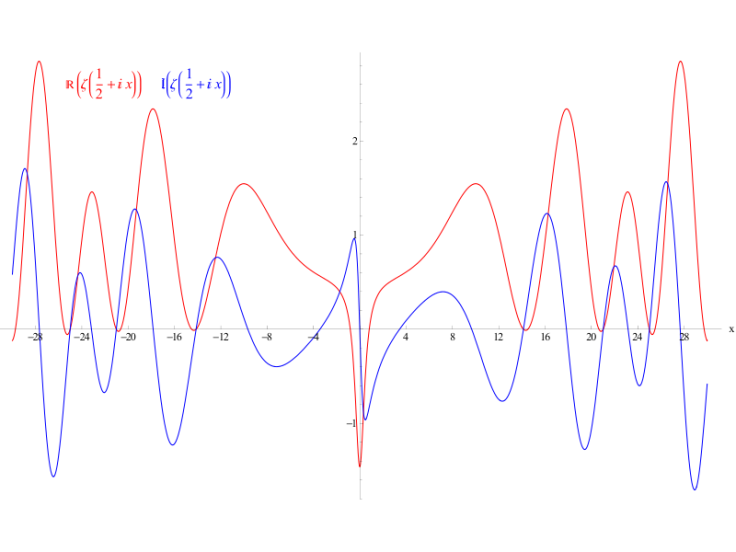Nigerian claims solving 156-year-old maths equation

A Nigerian claims to have solved one of the so-called seven millennium problems in mathematics, unsolved for more than 150 years and carrying a million-dollar prize. However, the Clay Mathematical Institute, which listed the challenges for mathematicians, continues to consider the Riemann Hypothesis, which Dr Opeyemi Enoch claims to have cracked, unsolved.
The British media that reported the news might have been fooled, claim some reports suggesting plagiarisation of the proof. Enoch, from the Federal University in the ancient city of Oye Ekiti in Nigeria, is the professor who claims to have solved the complex equation involving the average distribution of prime numbers and the deviation from the average.
The Riemann Hypothesis was first proposed by German mathematician Bernhard Riemann in 1859 based on an observation where every value of the equation (representing the deviation) that makes it go to zero seems to lie on the same line representing complex numbers, with the real part being a half.
A university spokesperson said Enoch corrected the misconceptions communicated by mathematicians down the years and also showed how other problems of this kind can be formulated, reports the Telegraph. He obtained the matrix that gives these undiscovered solutions, it added.
Enoch has yet to make his solution public, and his proof has only been uploaded on the website academia.edu. But this version is plagiarized, says Quartz.
The US-based Clay Mathematics Institute has remained silent while its site showing the status on each of the seven problems list only the Poincare Conjecture as solved in 2003.
Another maths conundrum, the Fermat's theorem, was solved after 358 years in 1994 by Andrew Wiles. Fermat had claimed he had proof that didn't fit into the margin of one of his works. His theorem states that no three positive integers, a, b, and c, can satisfy the equation a(to the power of n) + b(n) = c (n) for any integer value of n greater than two.
© Copyright IBTimes 2025. All rights reserved.





















